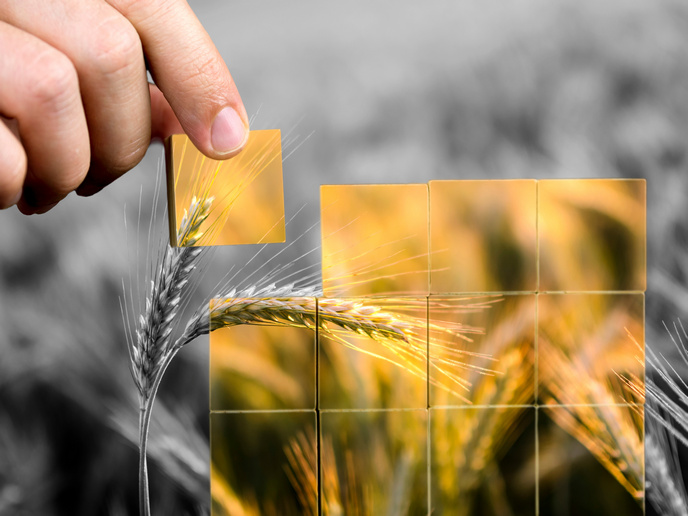Developing food and feed sustainably, with the help of microbes
Microbes benefit farming and food and feed production in various ways. Since its launch in 2018, the EU-funded SIMBA project has been investigating which microbial mixtures, or microbiomes, are best suited for different purposes. It has also been looking for new, sustainable ways to use microbes in farming and food production. “At best, the use of microbes could revolutionize farming. For example, if potatoes could be grown in salty soil, it would mean that seawater could be used for irrigation in areas that are currently unsuitable for cultivation. We are also working on this in the project,” explains scientist Dr Anne Pihlanto of the Natural Resources Institute Finland (Luke) in a news item posted on the SIMBA website.
On Europe’s radar again
In May 2023, and for the second time, one of the innovations developed as part of the SIMBA project featured on the European Commission’s Innovation Radar. The Innovation Radar is an EU platform that provides information on cutting-edge EU-funded innovations developed by leading researchers in Europe. Titled ‘Identification of candidate plant growth-promoting microbes and bioactive compounds to formulate microbial consortia inoculants’, the innovation will contribute substantially towards SIMBA’s goals, according to another news item posted on the project website. The innovation’s maturity level was categorised as being in the ‘exploring’ stage. Although innovations in this category are in the early phases of technological readiness, they already show high commitment levels from the organisations developing them. The principal innovators in this work were from SIMBA project partner Italian National Agency for New Technologies, Energy and Sustainable Economic Development.
Developing feed and food
In the first news item, Luke’s Dr Pihlanto discusses the project’s labour division in the fish farming value chain. Luke has used recycled raw materials in feed development, while their partner is developing fish feed by fermenting side streams of the food industry. Project experts are studying the feed’s impact on fish growth and health, and assessing the entire value chain’s sustainability, comparing it with fish feed containing soy. “It is interesting to compare not only the environmental effects but also the social impact that the use of soy and side streams have, starting with the working conditions of the farmers,” notes the researcher. Luke’s scientists also decided to develop foods from broad beans, peas and lentils – legumes that are excellent sources of protein, but which contain substances that impair nutrient absorption and also cause stomach upsets in some people. “We aim to reduce the amount of harmful substances by fermenting raw materials with different strains of lactic acid and propionic acid bacteria. We also combined raw materials with oats and developed various preparations such as raw porridge and yogurt,” explains Dr Pihlanto. The SIMBA (Sustainable innovation of microbiome applications in food system) researchers are now assessing the composition and digestibility of the developed foods, with interesting results, as Dr Pihlanto remarks: “We have tested the taste in many stages. Surprisingly, the same bacterial strain can affect different raw materials in very different ways. The taste of one becomes clearly better, the other worse.” For more information, please see: SIMBA project website
Keywords
SIMBA, microbiome, microbe, food, feed, farming, Innovation Radar



